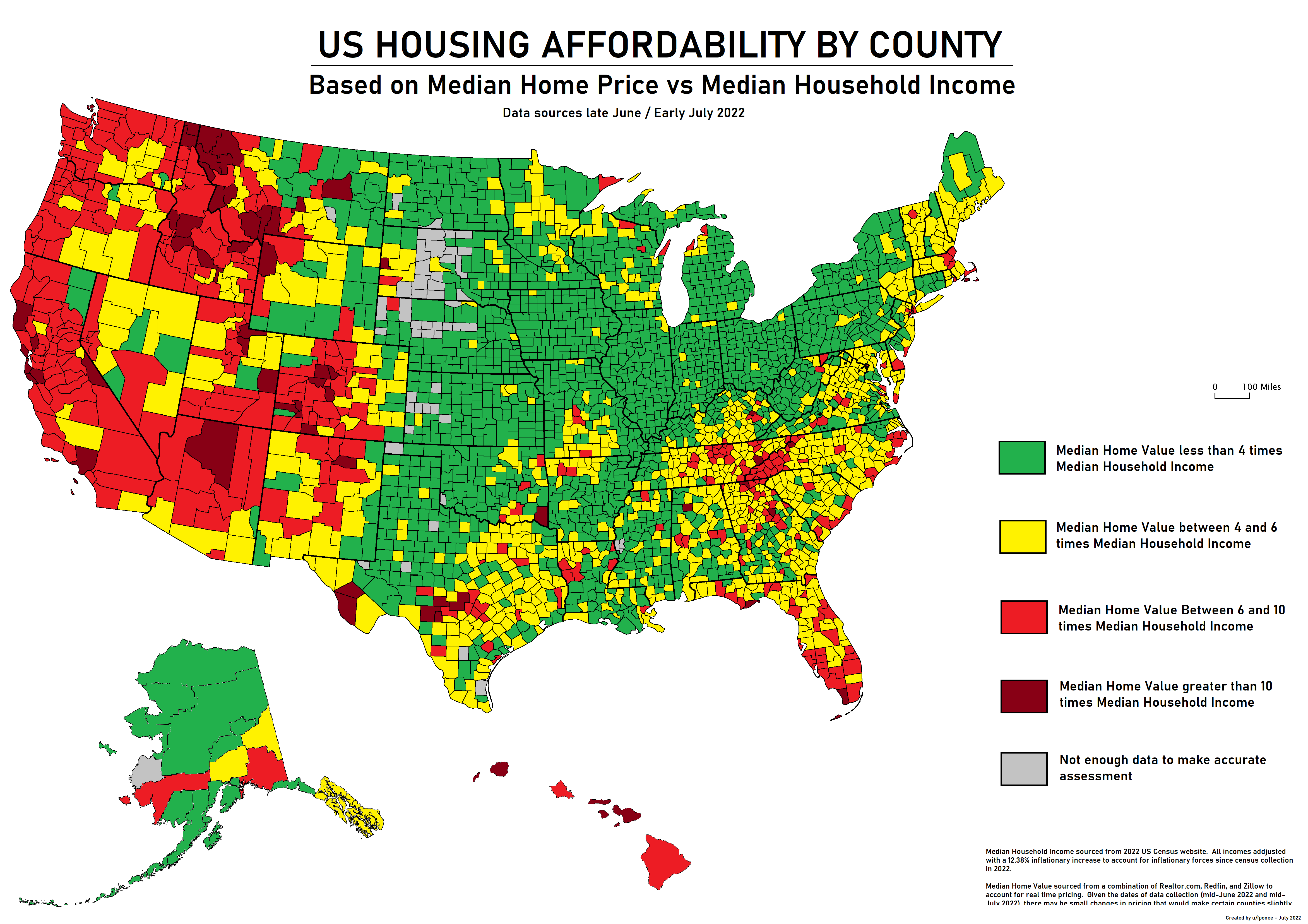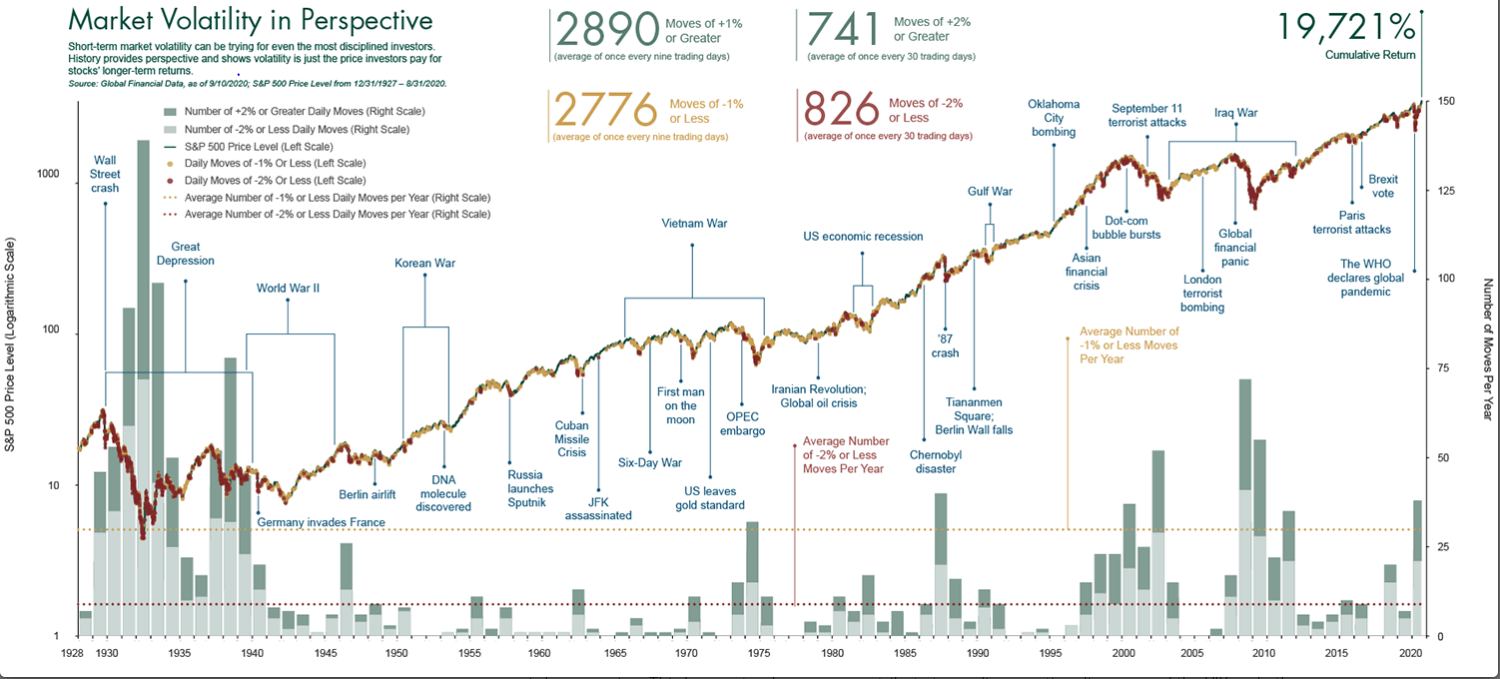Housing affordability has emerged as a pressing issue in contemporary America, affecting millions of families striving for a place to call home. As prices for new single-family homes have soared over the decades, the American dream of homeownership feels increasingly unattainable, particularly for younger generations. Amidst this housing crisis, the influence of restrictive land-use regulations and NIMBY policies have stifled construction productivity, making it difficult to meet the growing demand for affordable housing. This has contributed significantly to a troubling decline in the housing market, with implications that stretch far beyond just finances—impacting communities and economies alike. Understanding the intricate relationship between these dynamics is crucial for devising effective solutions to the ongoing challenges of housing affordability.
The issue of accessible housing reflects a broader economic challenge in the United States, where the balance between supply and demand has been disrupted. The high costs associated with acquiring a home have prompted discussions surrounding the implications of local zoning laws and community opposition to new developments. With construction output lagging behind the needs of an expanding population, many individuals find themselves priced out of the market, leading to an urgent call for reform in policies that govern land development. Through examining these economic and regulatory factors, we can begin to unravel the complexities of the current situation and explore viable paths toward more affordable living solutions.
The Housing Affordability Crisis: Understanding the Roots
The current housing affordability crisis in the United States can be traced back to a combination of factors, with land-use regulations being a significant contributor. These regulations create barriers for builders, inhibiting large-scale projects that could potentially lower housing prices. With the ongoing rise in home prices over the last few decades, many Americans find themselves priced out of the housing market. This crisis is not merely a reflection of supply and demand; it’s exacerbated by restrictive policies that limit construction capabilities, leading to fewer homes and increased costs.
As the demand for housing continues to soar, just as the productivity and innovation in construction have stagnated, the implications of this dichotomy are profound. Homeownership has increasingly slipped out of reach for middle-income families, and new generations are becoming renters rather than homeowners. The quality and quantity of housing units remain critically affected by these regulations, raising urgent questions about the balance between community desires and the necessity of expanding housing availability.
NIMBY Policies and Their Impact on Housing Development
NIMBYism, or ‘Not In My Backyard’ mentality, has a significant role in shaping housing development policies at local levels. While communities often resist new housing developments citing concerns over property values, traffic, and neighborhood character, these regulations can have adverse effects on the overall housing market. By enforcing strict zoning laws and preventing larger developments, local governments inadvertently stifle construction productivity and innovation, creating environments where housing shortages proliferate.
The consequences of NIMBY policies extend beyond immediate community impacts; they contribute to a national housing crisis. As land-use restrictions increase, developers face elongated approval processes and rising costs that hinder their ability to build affordable housing. Ultimately, NIMBYism not only affects the local level but ripples through the economy, exacerbating issues around housing affordability and limiting options for potential homeowners.
### The Decline of Construction Productivity in the U.S.
Since the 1970s, the U.S. construction sector has seen a marked decline in productivity, contrary to the broader economic growth observed in other industries. Research indicates that a confluence of restrictive land-use policies and increasing NIMBY sentiment has created barriers to efficiency and scalability in housing development. This decline means that constructing even a basic single-family home requires considerably more labor and resources than it did in past decades, directly contributing to higher housing costs.
As builders are forced into smaller projects due to regulatory limitations, the ability to innovate and integrate cost-saving technologies is diminished. Without economies of scale, construction firms struggle to keep prices low, leading to a situation where both new builds and renovations command significantly higher prices, further entrenching the cycle of unaffordability for American families.
### Addressing Land-Use Regulations for Better Housing Outcomes
Reforming land-use regulations presents a vital pathway toward alleviating the housing affordability crisis impacting millions of Americans. Policymakers must strive to create an environment that balances community interests with the urgent need for increased housing supply. By reassessing zoning laws and considering policies that promote larger-scale development, we can enhance construction productivity and ultimately drive down home prices.
Such reforms might include allowing for multi-family units in traditionally single-family zones and reducing permitting times for new projects. When developers can build more efficiently and cost-effectively, it can lead to an increase in housing options, benefiting a wider range of households seeking affordable living arrangements.
### The Urgency of Innovation in the Housing Sector
To combat the current housing crisis, innovation must return to the forefront of the construction industry. While the housing sector has historically lagged behind manufacturing in terms of new ideas and practices, increasing pressure from market demands and competition can trigger a much-needed revolution. Emphasizing modern construction methods, such as prefabrication or modular homes, can help mitigate some of the rising costs associated with traditional building processes.
Furthermore, fostering collaboration between builders, local governments, and communities can create a conducive environment where innovative housing solutions can flourish. By embracing change and looking for new approaches to housing development, the industry can play a pivotal role in addressing the persistent challenges of housing affordability and accessibility.
### The Generational Shift in Housing Wealth
Frequently Asked Questions
How do land-use regulations relate to the housing affordability crisis?
Land-use regulations significantly impact housing affordability by restricting the size and scale of construction projects. These regulations often prioritize local interests, leading to smaller, bespoke housing developments at higher costs. This phenomenon contributes to the housing crisis, making it increasingly difficult for many Americans to afford homes.
What role do NIMBY policies play in housing affordability?
NIMBY (Not In My Backyard) policies can exacerbate housing affordability issues by discouraging large-scale developments. These policies often result in local opposition to new housing projects, which in turn stifles construction productivity and innovation, leading to fewer affordable housing options for communities.
How does construction productivity impact the housing market decline?
Declining construction productivity has a direct correlation with the housing market’s decline. When productivity decreases due to restrictive land-use policies, fewer homes are built efficiently, resulting in higher costs. This trend contributes to the overall housing affordability crisis, as less housing supply leads to increased prices.
What are the connections between the housing crisis and innovation in the construction industry?
The housing crisis is linked to a lack of innovation in the construction industry, primarily due to increased regulatory constraints. As construction firms face more stringent land-use regulations, their ability to invest in innovative building methods diminishes. This stagnation in innovation negatively impacts housing affordability.
How have average home equity levels changed in relation to the housing affordability crisis?
Average home equity levels have significantly declined for younger earners since the 1980s, illustrating the impact of the housing affordability crisis. While older generations saw increases in their home equity, younger demographics have struggled to build wealth through homeownership, highlighting disparities exacerbated by ongoing housing market challenges.
What historical trends have influenced housing affordability in the U.S.?
Historically, housing affordability in the U.S. has been influenced by a combination of factors including land-use regulations, construction productivity, and market dynamics. Notably, the shift toward more restrictive regulations since the 1970s has constrained large-scale housing projects, resulting in fewer affordable homes and contributing to the ongoing crisis.
What measures can be taken to address the housing affordability crisis?
Addressing the housing affordability crisis requires reforming land-use regulations to encourage larger, more cost-effective developments. Implementing policies that promote innovation in the construction industry, as well as reducing the bureaucratic burdens on builders, can help increase housing supply and enhance affordability for future homeowners.
| Aspect | Details |
|---|---|
| The Housing Affordability Crisis | Housing prices have doubled since 1960, making homeownership out of reach for many Americans. |
| Productivity Issues | Contrary to other sectors, housing construction productivity has decreased significantly since 1970. |
| Role of NIMBY Policies | Land-use regulations, stemming from NIMBY attitudes, have limited the ability to build larger-scale housing projects. |
| Impact on Builders | Large builders used to produce significantly more housing units, but their share of housing production has fallen. |
| Generational Wealth Transfer | Younger homeowners have experienced a dramatic decline in housing wealth compared to older generations. |
| Innovation Stagnation | Patenting in the housing sector has lagged behind other industries since the 1970s. |
Summary
Housing affordability remains a critical issue in the United States, with rising prices and tightened regulations significantly impacting the ability for many to own homes. This ongoing crisis is not only a symptom of economic challenges but also reflects broader societal attitudes towards development that stifle innovation and productivity in the construction sector. In order to address these issues, a reevaluation of land-use policies and a push for larger-scale housing projects may be necessary to help reshape the future of housing affordability.



